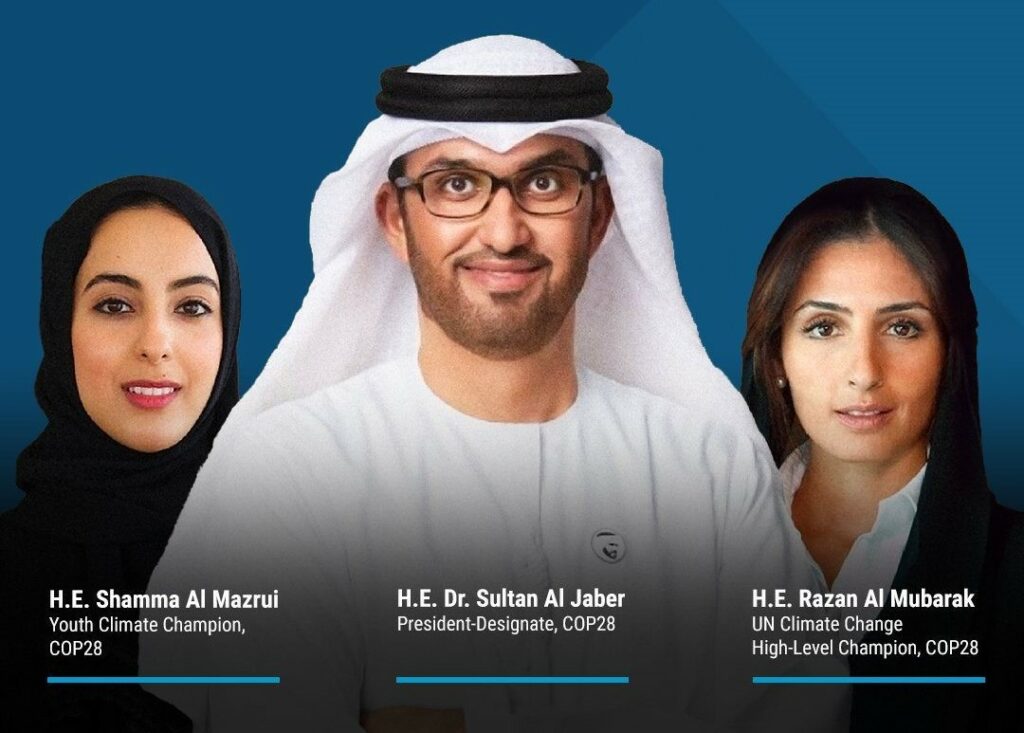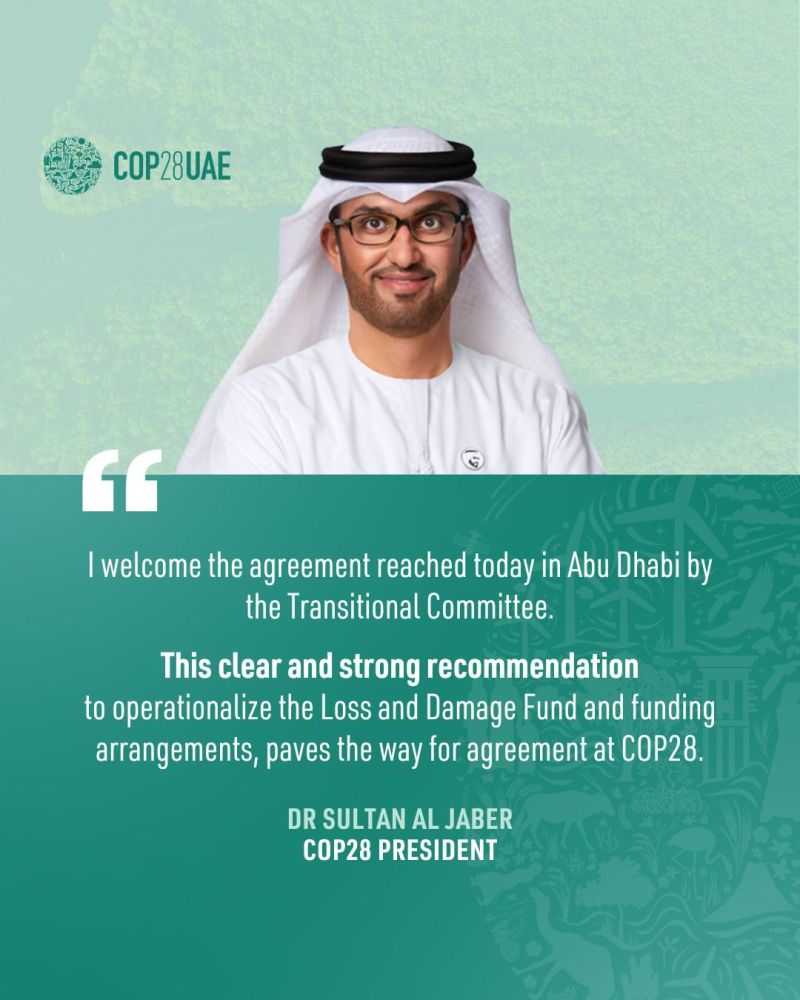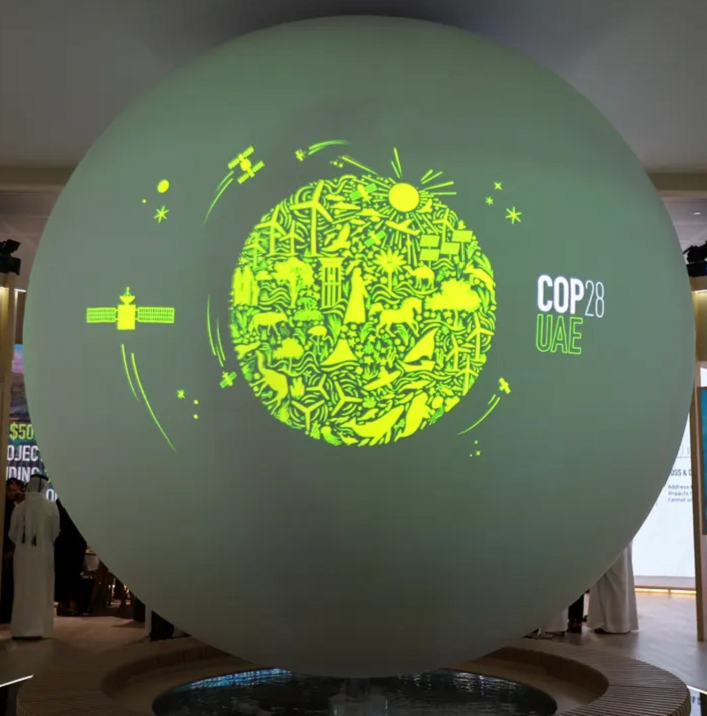Howdy, news enthusiasts! The United Nations Framework Convention on Climate Finance (UNFCCF) 28th Conference of the Parties (COP28) is set to take place in Dubai, United Arab Emirates, from November 30 to December 12, 2023. It’s a historic first as a major oil-producing nation takes the reins of the annual climate summit. The goal? To bring people together globally to discover audacious, realistic, and aspirational answers to the world’s most urgent problem—climate change.
But let’s talk real talk. Can we trust this summit, considering the host country’s heavy reliance on fossil fuels and plans to expand oil and gas production? Do developed nations really and fairly promise to give developing nations climate finance? And how well are the mechanisms and institutions set up to deliver and monitor the Paris Agreement and Sustainable Development Goals really doing?
In this blog post, we’re diving into these questions, shedding light on controversies, and exploring key issues like climate change, CF, loss and damage, adaptation, mitigation, transparency, and ambition.
Table of Contents
What is Climate Finance
What is climate finance?
Climate finance is the lifeblood supporting action on climate change. This is especially crucial for developing and vulnerable countries hit hard by climate change but lacking the capacity and resources to tackle it.
The UNFCCC insists that developed countries must provide “new and additional” financial resources to help developing nations. The Paris Agreement backs this up, encouraging voluntary contributions.
But let’s talk real talk. The reality of CF isn’t quite living up to the promises. The latest report from the OECD states that developed countries made 2% more contributions than the year before. Only 21% of this went to adaptation, while a whopping 73% went to mitigation, leaving the most vulnerable countries and communities in the lurch. And here’s the kicker—only $14.9 billion was in grants, the rest being loans, equity, and guarantees, raising serious questions about the accessibility and affordability of climate change.
Climate Finance (CF) at COP28 Dubai: Challenges and Hopes
COP28 Dubai’s main gig is to finalize the post-2020 CF framework, deciding how to meet and scale up the $100 billion goal and how to deliver, report, and verify CF. It’s a tricky task with technical, political, and ethical dimensions. There will be a lot of discussion on issues like “What constitutes new and additional?” and “How to ensure climate finance aligns with the goals of the Paris Agreement?”
COP28 Dubai has to tackle a laundry list of issues, including:
- Defining and measuring CF
- Aligning climate finance with the Paris Agreement’s goals
- Ensuring transparency and accountability
- Boosting the share and quality of adaptation finance
- Addressing loss and damage
- Mobilizing new and innovative sources of finance
And, here’s the kicker—COP28 Dubai needs to figure out how to get the private sector on board and how to enhance the capacity of developing countries to access and utilize CF. It’s a lot, but it’s crucial for a green and resilient future.
What Can We Expect from COP28 Dubai?

COP28 Dubai is a make-or-break time for the global community. This is an opportunity to demonstrate your dedication to solving the climate emergency and keeping the commitments made in the Paris Agreement. The UAE, as the host country, has an opportunity to flex its leadership muscles in promoting the green transition and sustainable development.
Let us be practical, though. Given the state of climate finance and the trust issues among parties, expecting a groundbreaking moment might be a stretch. Instead, we can hope for gradual progress and improvements in the climate change framework, with tangible actions that enhance mobilization and delivery in the short and medium term.
Possible outcomes could include:
- A clear roadmap and timeline for achieving and surpassing the $100 billion goal
- A balanced approach covering both mitigation and adaptation
- A transparent system for measuring, reporting, and verifying climate finance
- Recognition and operationalization of loss and damage finance
- Strengthening the capacity and readiness of developing countries
Conclusion: High Stakes and Tight Deadlines
Climate change is a hot topic in global climate negotiations. It reflects trust, cooperation, and the level of action on climate change. COP28 Dubai is a litmus test for the global community to prove its commitment and solidarity. The summit is also a challenge for the UAE, exposing contradictions as a major oil producer aiming to diversify and decarbonize.
Success or failure hinges on developed countries providing adequate and predictable climate finance to the developing ones. The stakes are high, and time is ticking for COP28 Dubai to deliver a meaningful and credible outcome on CF that makes a difference for people and the planet.
If you want to know more about the latest and trending news, from entertainment to politics, national to international, from around the globe, please visit our blog page: todaysnews.info.
Stay tuned to todaysnews.info for more updates. Trick or chic, the choice is yours!

FAQs
What is COP28 in Dubai?
From November 30 to December 12, 2023, Dubai, United Arab Emirates, will host the 28th Conference of the Parties (COP28) to the United Nations Framework Convention on Climate Change.
How can I access climate finance for my project or initiative?
There are different sources and mechanisms of CF that you can explore and apply for, depending on the nature, scope, and scale of your project or initiative. Among the most popular and easily available ones are:
The biggest international fund for aiding developing nations in their attempts to lessen the effects of and adapt to climate change is called the Green Climate Fund (GCF). The GCF provides grants, loans, equity, and guarantees for projects and programs that are aligned with the country’s nationally determined contributions (NDCs) and national adaptation plans (NAPs). You can apply for GCF funding through an accredited entity, which can be a national, regional, or international organization that meets the GCF’s fiduciary, environmental, and social standards.
The Global Environment Facility (GEF) is the main financial mechanism of the UNFCCC and other environmental conventions. Grants and co-financing are made available by the GEF to initiatives and programs that tackle the underlying causes and contributing factors of climate change and environmental degradation. A UN agency, a multilateral development bank, a regional organization, or a national institution are examples of accredited agencies through which you can apply for GEF funding.
As per the Kyoto Protocol, developing countries that are particularly susceptible to the adverse consequences of climate change may submit applications for financing of particular adaptation projects and initiatives via the Adaptation Fund (AF). The AF provides grants and concessional loans for projects and programs that are based on the country’s needs, views, and priorities. You can apply for AF funding through an accredited implementing entity, which can be a national, regional, or multilateral organization that meets the AF’s fiduciary, environmental, and social standards.
What are the advantages and disadvantages of climate finance?
Several advantages and prospects are available to nations, communities, and industries impacted by climate change through climate finance, including:
- Enhancing the capacity and readiness of the countries and stakeholders to plan, implement, and monitor climate action, and to integrate climate considerations into their policies, strategies, and budgets.
- Leveraging and catalyzing additional resources and investments from the public and private sectors and creating new markets and partnerships for climate solutions and technologies.
- The mitigation of climate change’s risks and expenses as well as the strengthening of nations’ and communities’ ability to adapt and bounce back from its shocks.
Climate finance (CF) faces numerous challenges and roadblocks:
- The disparity between demand and supply for CF, as well as the uncertainty and unpredictability of financial flows and commitments.
- The complexity and diversity of the sources and instruments of climate finance, and the lack of coherence and coordination among them.
- The difficulty and inefficiency of accessing and utilizing CF, and the lack of transparency and accountability of the financial mechanisms and institutions.
- The imbalance and inequity of the allocation and distribution of climate finance, and the lack of representation and participation of developing and vulnerable countries and groups.

